
ADHD (Attention-Deficit/Hyperactivity Disorder) is a chronic condition characterized by inattention, hyperactivity, and impulsivity. As we learn more about its presentation, it’s becoming clear that diagnostic criteria have historically been too narrow, leaving many girls behind. ADHD is more commonly diagnosed in young boys (15% vs. 8% of girls, according to the CDC). However, a question remains around whether boys are actually more likely to have ADHD, or if girls are underdiagnosed due to their tendency to have inattentive presentations, usually making them less disruptive to those around them. In this article, we'll dive into the symptoms of ADHD, why ADHD in women and girls is so underdiagnosed, and what steps can be taken to manage the condition effectively.
Symptoms of ADHD in Women
ADHD symptoms in women tend to present differently from those typically seen in men. Whereas men tend to exhibit more outward behaviors, women with ADHD experience more internal struggles, like:
- Inattention: Women with ADHD often struggle with organizing tasks, remembering details, or staying focused. This can lead to frustration, low self-esteem, and feelings of inadequacy.
- Emotional dysregulation: Women with ADHD may also be more emotionally sensitive and experience mood swings, irritability, and become easily stressed. This may worsen during menopause or pregnancy, and can lead to anxiety or depression as they struggle to manage their ADHD symptoms.
- Hyperactivity: Although women typically don’t display overt hyperactivity, they usually show signs of internal restlessness, like being easily irritated or having difficulty winding down. It’s generally not obvious, which further contributes to why ADHD in women is often underdiagnosed.
- Impulsivity: Women with ADHD can also show impulsive behaviors. However, unlike men, these are more minute and may occur in private, such as interrupting others or having emotional outbursts.
What else can women with ADHD struggle with?
- Messy or disorganized workspaces
- Difficulty working in a noisy or busy environment
- Daydreaming
Why Is ADHD in Women Often Undiagnosed?
ADHD is usually diagnosed during childhood, and for years, it was mostly recognized in boys, who tend to express more overt symptoms like hyperactivity and impulsivity. Women, on the other hand, usually display more subtle symptoms, making it harder to pinpoint ADHD and causing them to go undiagnosed well into adulthood. This may explain why ADHD prevalence is over twice as high in men compared to women.
Some women with ADHD are also skilled at "masking." They are good at hiding their struggles by suppressing their symptoms and putting on a calm exterior, especially in social settings. As a result, if they express certain symptoms, they can be misattributed to other mental health issues like stress or depression, rather than ADHD.
Women also tend to be diagnosed later in life, often after they experience significant life stressors, like balancing work, family, or parenting. This can lead to their symptoms being mistaken for temporary stress rather than a chronic condition.
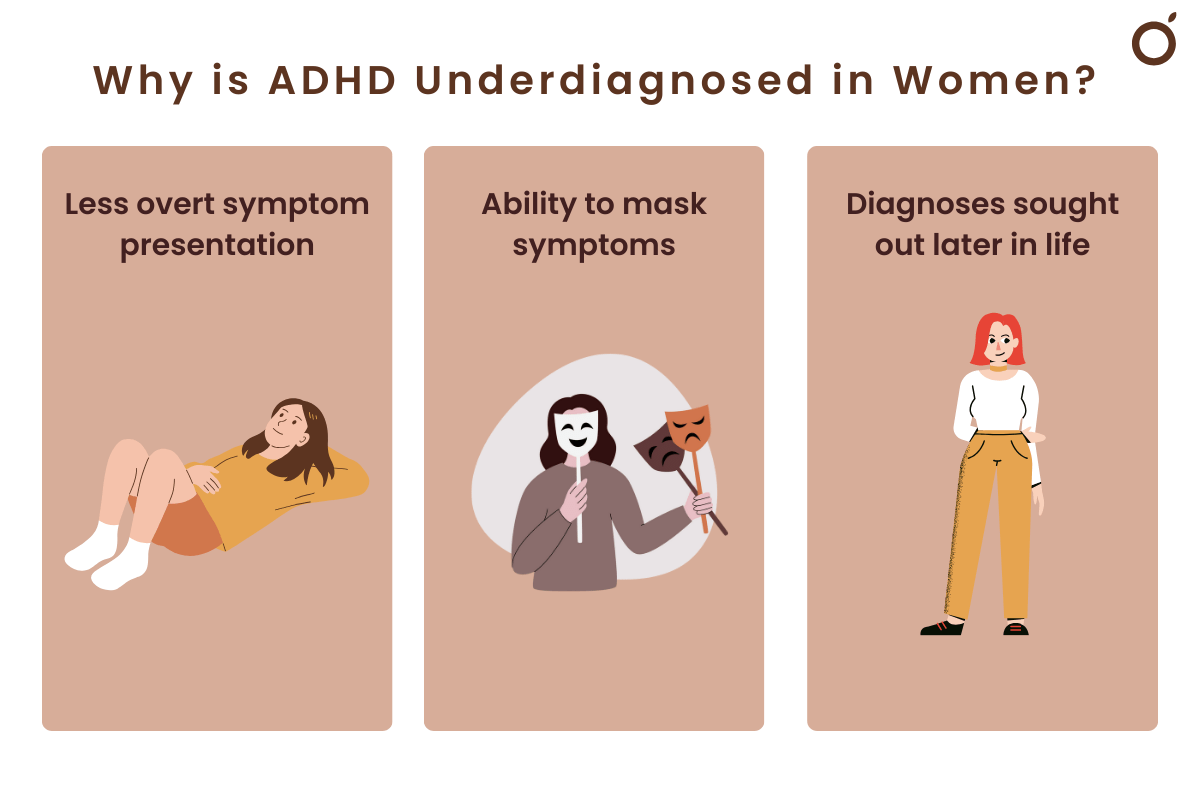
Although ADHD is often misdiagnosed, many women with ADHD can also struggle with other co-occurring conditions, such as anxiety, depression, or eating disorders, which usually stem from the ongoing struggles that come with the disorder.
When ADHD is left untreated, the stress caused by poor time management and problems with focusing can take a huge emotional toll, leading to anxiety or depression. These co-occurring conditions can make it even harder for women to cope and may contribute to feelings of failure or frustration.
In addition, according to a 2016 study, impulsivity in women with ADHD is the strongest predictor of an eating disorder, specifically binge-eating disorder and bulimia nervosa (binging followed by compensatory methods to avoid weight gain). It was found that girls with ADHD are 3.6 times more likely to have an eating disorder compared to girls without ADHD.
While further research is needed to understand this connection fully, there is potential evidence suggesting that both ADHD and eating disorders share similarities in brain activity, particularly in a region called the anterior cingulate gyrus (ACG). The ACG is involved in impulse control, emotional regulation, and decision-making. It's thought that the increased activation of the ACG in both ADHD patients and those with eating disorders might contribute to difficulties in controlling impulses, which explains why women with ADHD are at higher risk of developing an eating disorder compared to women without ADHD.
These combined studies suggest there could be a connection between ADHD and anxiety, depression, and eating disorders, and that these overlaps can often lead to ADHD symptoms being mistaken for other conditions.
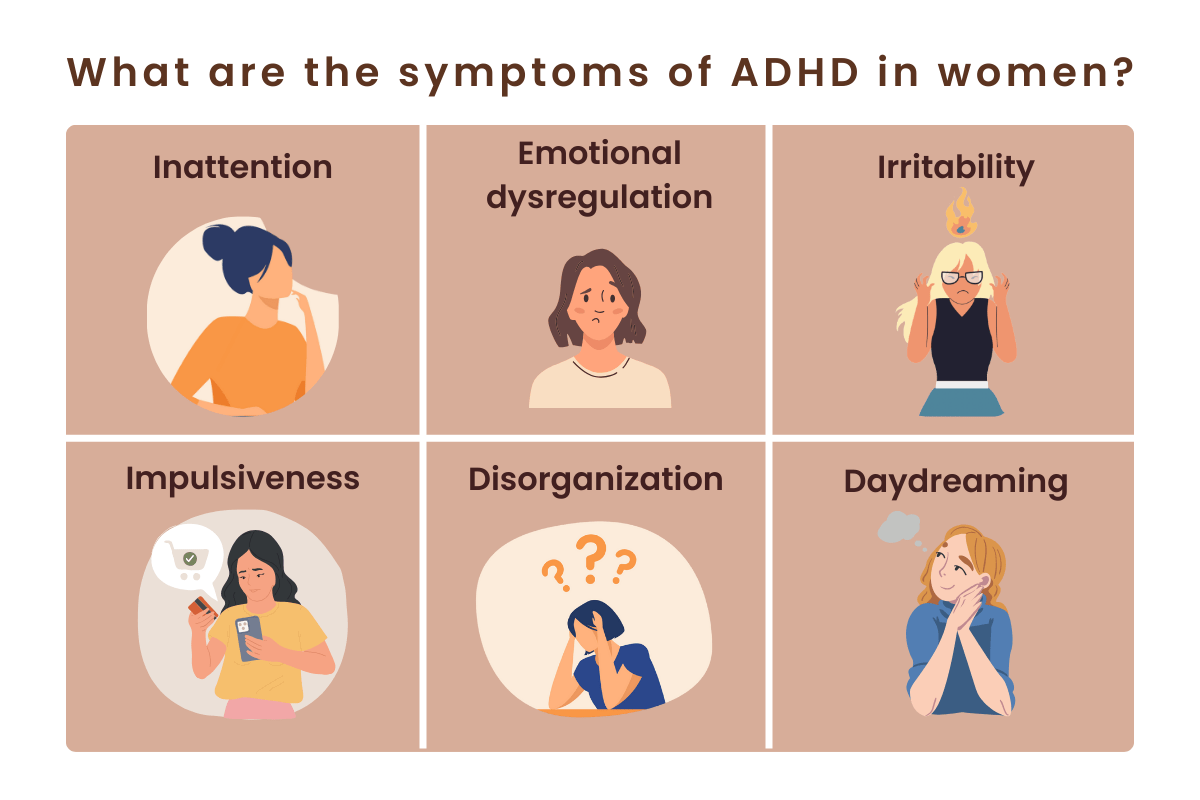
The Impact of ADHD on Women’s Lives
ADHD can have a significant impact on women’s lives, especially when it goes undiagnosed. Women with ADHD may struggle in their academic, professional, and personal lives due to the ongoing challenges with focus, organization, and emotional regulation.
Research indicates that pregnant women with ADHD are five times more likely to experience depression compared to women without ADHD. Women aged 20 to 39 with ADHD are twice as likely to struggle with substance abuse, smoking, depressive disorders, and severe poverty, and three times more likely to face insomnia, chronic pain, and suicidal thoughts compared to women without ADHD. Therefore, if you suspect you could be diagnosed with ADHD, it’s best to consult with a healthcare professional and receive help when navigating these difficulties.
Diagnosis of ADHD in Women
To receive an accurate diagnosis, you should seek an appointment with a healthcare professional who understands ADHD in women. The evaluation process for ADHD diagnosis may include interviews, questionnaires, behavioral assessments, and/or neuropsychological testing. Some doctors may also conduct family interviews during the evaluation process, so it can be helpful to talk with friends and family if you think you exhibit ADHD symptoms.
It's common for women to be managing their ADHD symptoms for years without a formal diagnosis. Since this may also apply to you, it can be valuable to track your patterns over time. It would be beneficial to come into the appointment with any personal information, like current problems causing you to be stressed, patterns you’ve noticed, medications you take, or symptoms you have been experiencing.
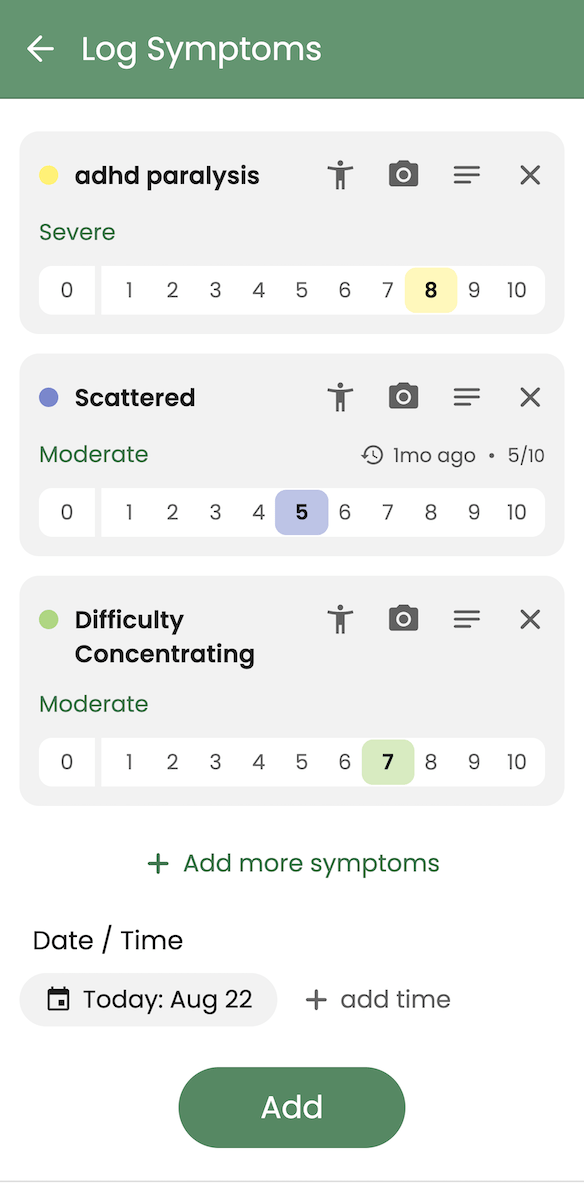
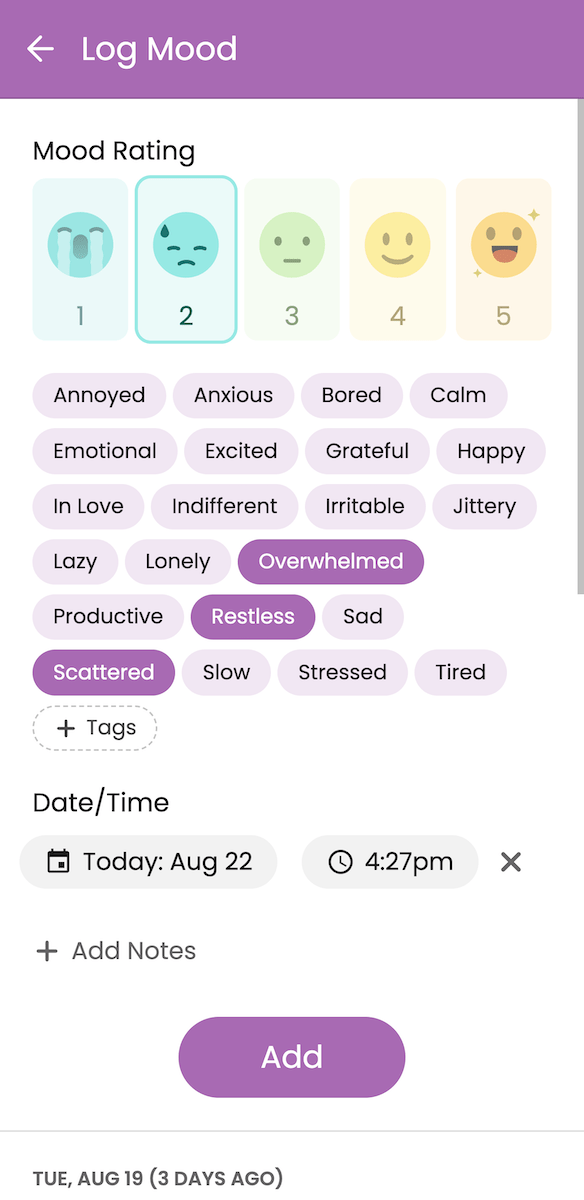
Treatment of ADHD in Women
Treating ADHD in women can require a well-rounded approach that addresses both the underlying neurological aspects of the condition and the emotional and social challenges that come with it. Treatment may include a combination of medication, therapy, and lifestyle adjustments tailored to the individual’s needs.
Medication
Stimulants
Stimulant medications like methylphenidate and amphetamines are commonly prescribed to treat ADHD. These medications work by increasing the levels of certain neurotransmitters in the brain, such as dopamine and norepinephrine, which help with focus and impulse control.
Potential side effects can include decreased appetite, insomnia, heightened blood pressure, and increased heart rate.
Gender Differences
Women may respond differently from men when taking stimulants. For instance, women with ADHD tend to show more immediate improvement with methylphenidate compared to men. However, its effects tend to fade more quickly within the same day. The exact reasons are not clear, but it could be caused by how the body processes the drug.
Non-Stimulant Alternatives
About 25-30% of patients with ADHD don’t respond well to stimulants or may experience side effects like anxiety or sleep disturbances.
In these cases, non-stimulant medications like atomoxetine (Strattera) or guanfacine (Intuniv) can be effective alternatives.
- Atomoxetine works by keeping norepinephrine active longer, helping with attention and impulse control.
- Guanfacine works by inducing calming effects, reducing hyperactivity and impulsivity.
Unlike stimulants, which increase both norepinephrine and dopamine to boost focus and energy, non-stimulants mainly work on norepinephrine.
Women and Non-Stimulants
Interestingly, a 2020 study found that women may respond especially well to non-stimulant medications, particularly when it comes to emotional regulation and impulsivity. While the exact cause of this difference is not yet clear, research suggests that non-stimulant medications may be particularly helpful for women with co-occurring mental health conditions, such as anxiety, which stimulants can sometimes worsen.
Behavioral Therapy and Cognitive-Behavioral Therapy (CBT)
CBT is a type of therapy that focuses on identifying and changing negative thought patterns. It can help women with ADHD improve emotional regulation, develop organizational skills, and manage anxiety or depression.
CBT is very structured. It involves setting specific goals and working on practical strategies to address issues. You learn to talk through your challenges and learn coping skills through journaling or problem-solving exercises. A 2012 study found that adults who went to CBT reported a reduction in not only ADHD symptoms, but also anxiety and depressive symptoms.
3. Lifestyle and Environmental Changes
For women, creating a structured routine, breaking down tasks, and staying organized with planners can be helpful. Exercise and a good sleep schedule may also improve focus and reduce hyperactivity, improving overall well-being.
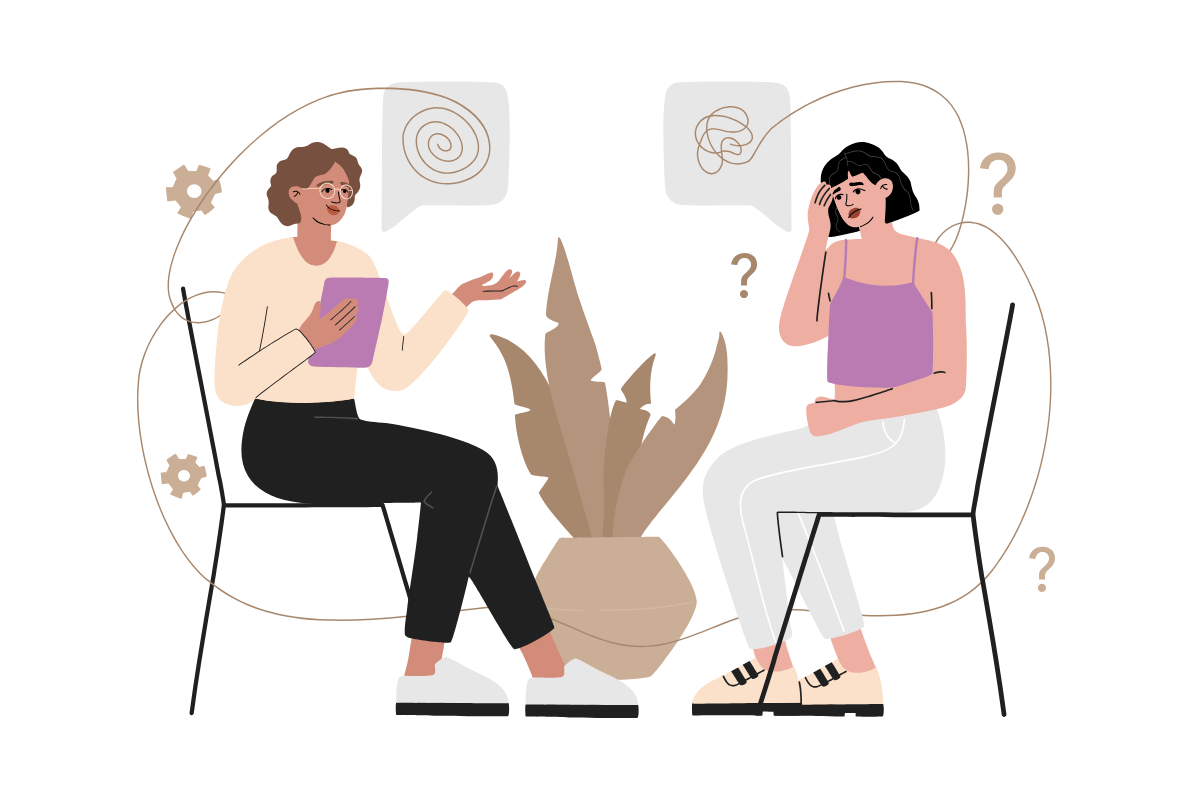
Conclusion
ADHD in women is often underdiagnosed due to its subtle symptoms, including inattention, emotional regulation issues, and internalized restlessness. Studies indicate that up to 80% of children with ADHD experience ongoing symptoms into adulthood, emphasizing the importance of early intervention for long-term well-being in both men and women. Whether through medication, therapy, or lifestyle changes, women with ADHD can effectively manage their symptoms with the right knowledge and support.
To help you stay on track with your health routine, Guava offers helpful features that simplify medication management. With timely refill reminders and dose tracking, Guava ensures you're always on top of your prescriptions while also making it easier to monitor any symptoms.





